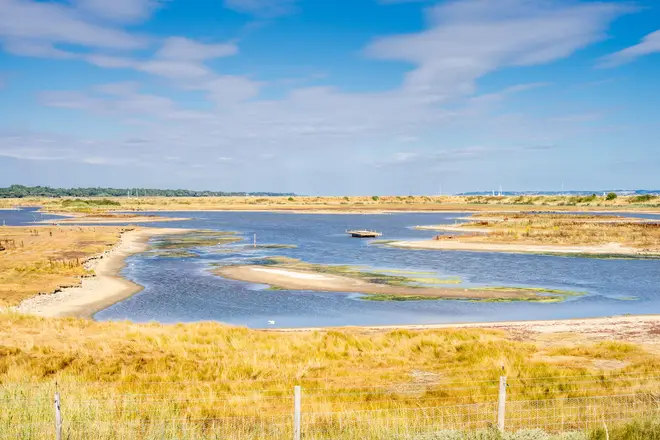North-West England has officially entered a period of drought, according to the Environment Agency.
According to the agency, the region entered a state of drought on May 21 due to low water levels in reservoirs and rivers.
Between February and April, the area received the third-highest amount of rainfall since 1871, while England as a whole experienced its driest three-month period since 1929. This happened despite recent rains.
A spokesperson for the Environment Agency said: “Across the North West we officially entered drought status on 21 May due to low water levels in reservoirs and rivers. Despite the rain over the weekend levels remain low and we are encouraging people to be aware of the impacts of drought as we enter the summer period.”
The spokesperson added: “With more unsettled weather and rain expected in the coming weeks, we will continue to monitor the situation closely and implement our drought plan for the North West.”
The total volume of England’s reservoirs at the end of April was 84%, which is lower than during the same period of the dry summer of 2022.
“Medium” risk of drought
The Environment Agency has warned of a “medium” risk of drought in England this summer unless there is sustained rainfall. The regulator said there were no plans to ban hose pipes at present, but warned that water companies may have to introduce restrictions in the coming months. This comes as the government has intervened in the planning process for two new major reservoirs, warning that the UK’s water supply is at risk.
Environment Minister Steve Reed has recognised two new reservoir projects in East Anglia and Lincolnshire as “nationally significant,” raising their status from local to central. The new reservoirs, the first in more than 30 years, are being proposed by Anglian Water, which wants to build a reservoir in Lincolnshire south of Slifford and is working with Cambridge Water on a Fens reservoir project between Chatteris and March in Cambridgeshire.
On Monday, preliminary data from the Met Office showed that the UK had its sunniest spring since 1910, when records began. Between March 1 and May 27, the UK recorded 630 hours of sunshine, four hours more than in the previous sunniest spring of 2020, forecasters said.
